The Trump administration has renewed its push for the Supreme Court to allow sweeping reductions in the federal workforce, as legal challenges from labor unions and cities—including San Francisco, Chicago, and Baltimore—move forward in lower courts.
On Monday, the administration urged the high court to overturn a lower court’s injunction halting the downsizing plan, which is being spearheaded by the Department of Government Efficiency. The proposal has faced legal challenges from labor unions and major U.S. cities including Baltimore, Chicago, and San Francisco.
The U.S. 9th Circuit Court of Appeals recently upheld the block by a 2 to 1 vote, citing concerns that the workforce reductions could affect essential services such as food safety and veterans’ health care.
U.S. District Judge Susan Illston issued the initial ruling last month, stating that President Donald Trump’s administration cannot make significant cuts to the federal workforce without explicit authorization from Congress.
The administration previously submitted an emergency appeal to the Supreme Court but withdrew it for procedural reasons. Monday’s renewed filing argues that the president is within his constitutional rights under Article II to manage executive personnel.
Solicitor General D. John Sauer wrote in the appeal: Illston’s order rests on the indefensible premise that the president needs explicit statutory authorization from Congress to exercise his core Article II authority to superintend the internal personnel decisions of the executive branch.
Since the plan’s rollout earlier this year, at least 75,000 federal workers have reportedly taken deferred resignation packages, while thousands of probationary employees have already been dismissed. However, there is no official government figure on the total number of job losses.
Illston’s order also halts implementation of a presidential executive order signed in February, along with a directive from DOGE and the Office of Personnel Management.
President Trump had appointed billionaire entrepreneur Elon Musk to lead DOGE and oversee the streamlining effort. Musk stepped down from the role last week without providing public comment.
Trump has repeatedly defended the initiative, saying it fulfills a campaign promise to reduce bureaucracy and reshape the federal government.
The Supreme Court has given the opposing parties, including labor unions and city governments, until next Monday to file their response.
In a related case, U.S. District Judge William Alsup had previously ordered the government to reinstate thousands of probationary workers. However, that ruling was blocked by the Supreme Court earlier this year.
Read next
18:30
China
In a wide-ranging press conference on Wednesday, Chinese FM spokesperson Lin Jian addressed a series of international developments, including historical reflections by Japan’s Prime Minister, recent political changes in South Korea, and mounting geopolitical tensions in the Asia-Pacific.
17:50
Middle East
Syria is initiating economic reformation by reopening its economic markets, which have been through complete Paralysis for the past six months- considering it as the longest shutdown ever since the over-decade war and sanctions.
17:47
Ukraine-Russia War
Ukrainian President Volodymyr Zelenskyy has proposed a temporary ceasefire with Russia until a direct meeting with President Vladimir Putin can be arranged, as recent peace talks in Istanbul made only modest progress.
17:30
Iran and Uzbekistan
Iran and Uzbekistan have signed a memorandum of understanding (MOU) aimed at expanding bilateral cooperation in transit and logistics infrastructure, marking a significant step in strengthening regional trade routes.
17:21
deports
Azerbaijani authorities have deported three foreign nationals accused of organizing illegal religious activities in violation of national laws, according to a joint statement issued by the State Security Service and the State Migration Service on Tuesday.


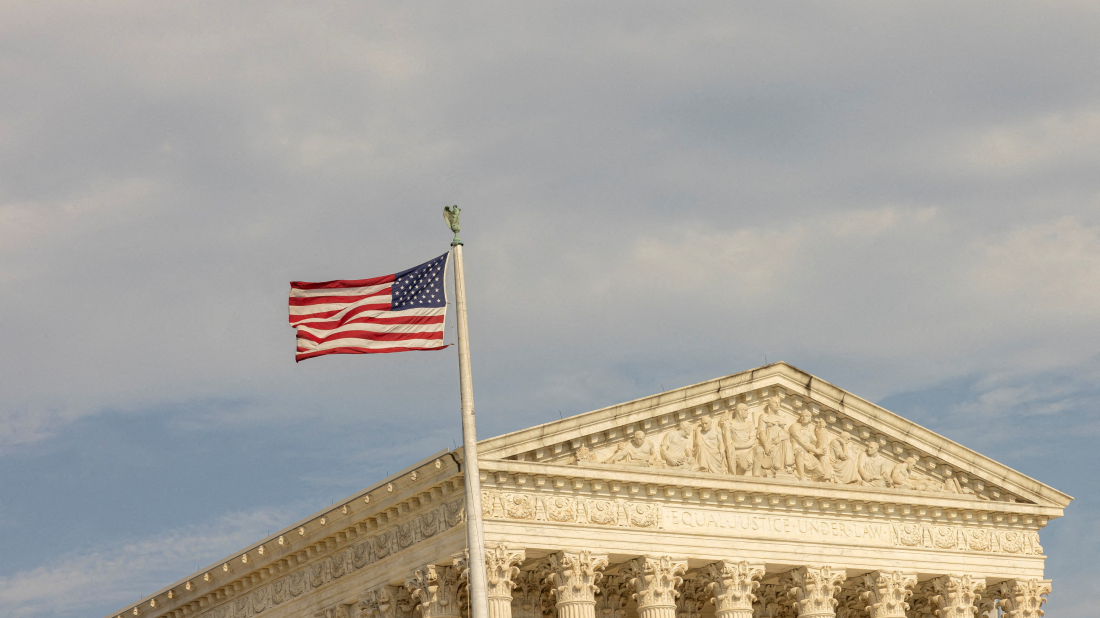
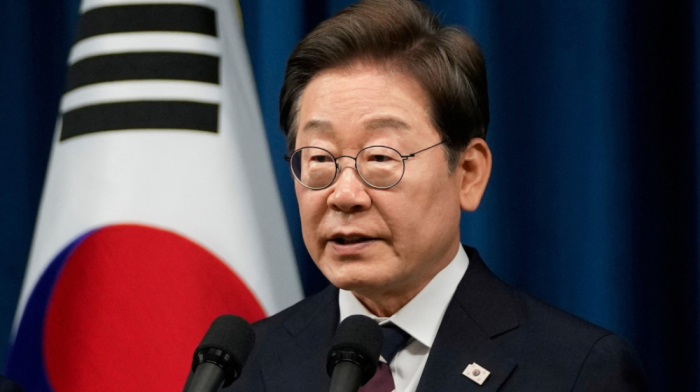

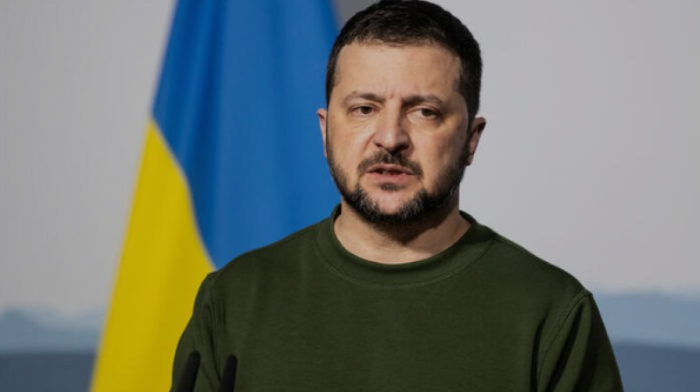







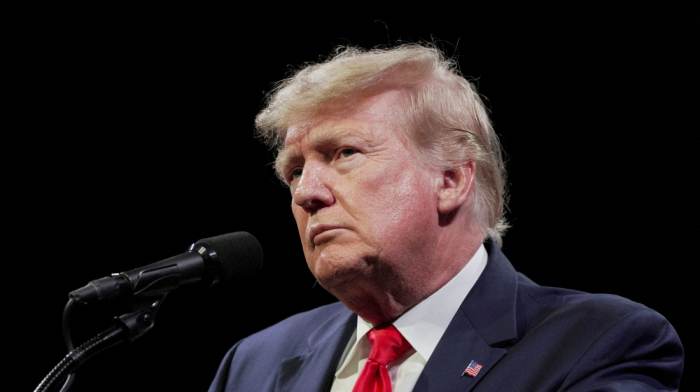




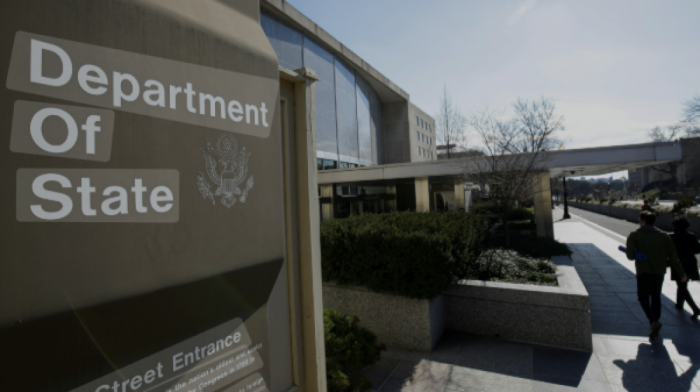

What is your opinion on this topic?
Leave the first comment